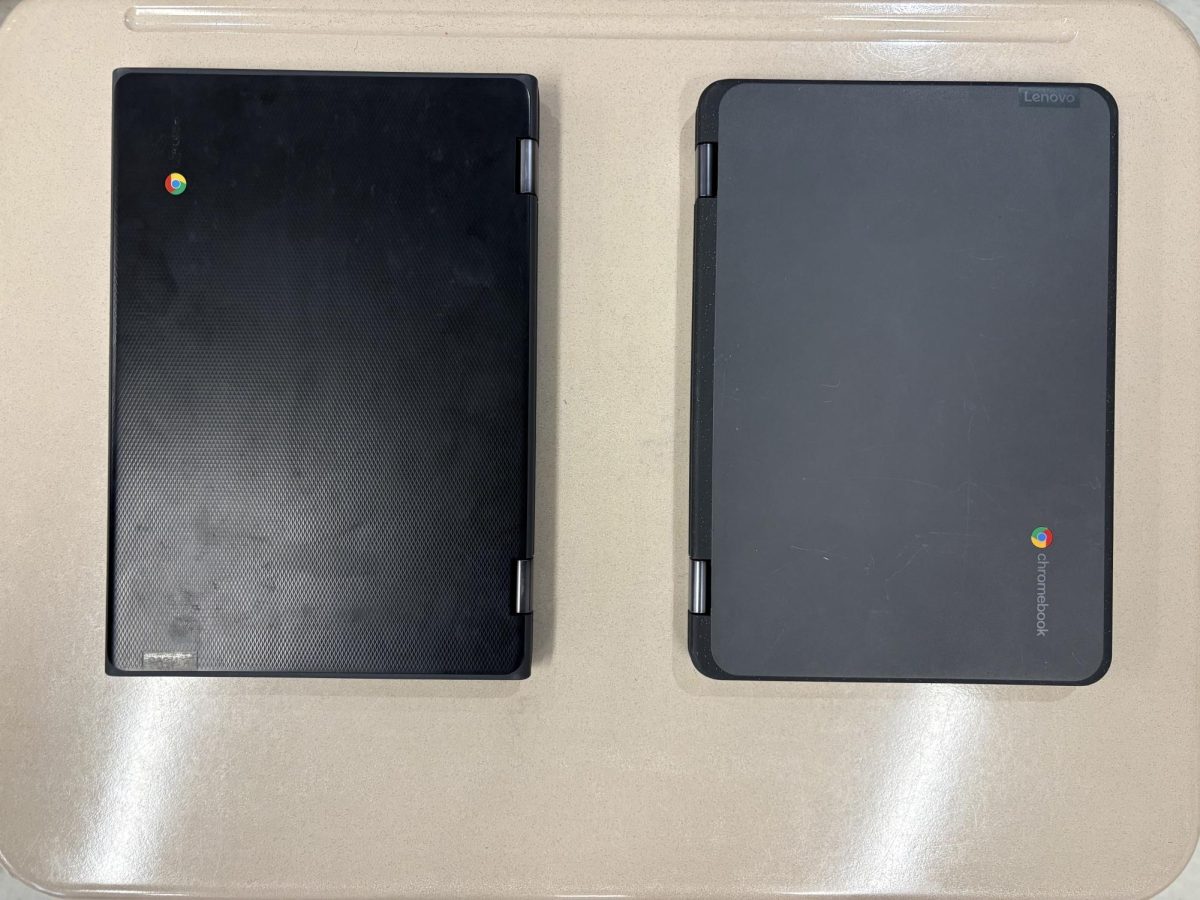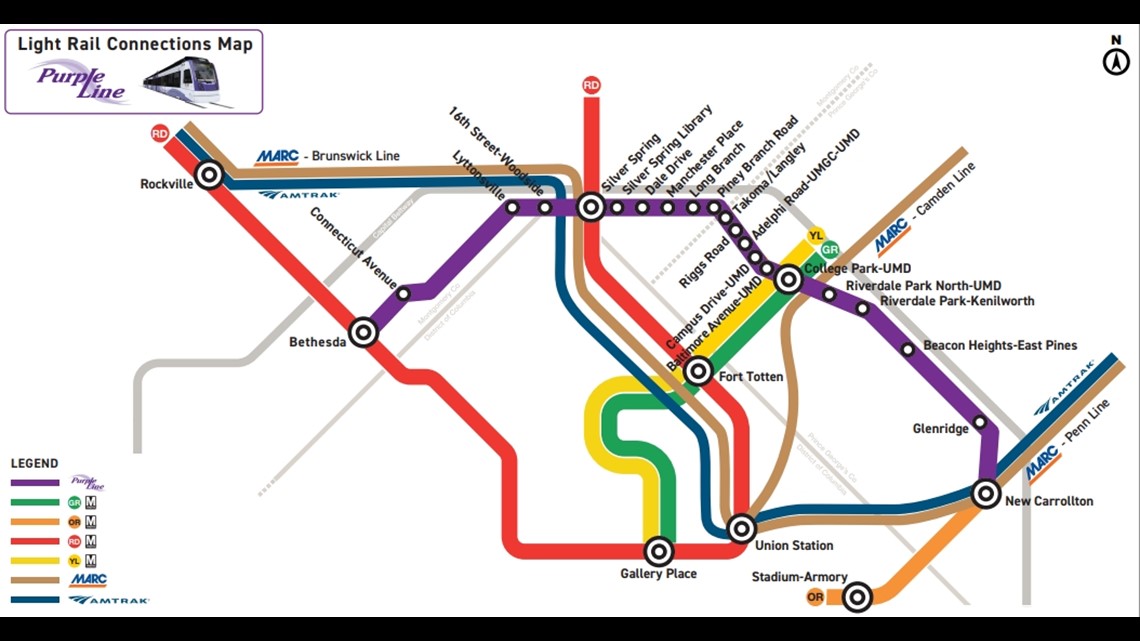On Nov. 6, students and staff were sent an email from the Montgomery County Board of Education with an unexpected headline: “Plan Released with Return-to-School Timeline.” After an entire quarter of settling into the regime of virtual learning, this message evokes concern and uncertainty, in addition to structured clarity.
“I believe [the Board is] trying their best to keep us as safe as possible; however, I do feel they should of waited a little longer to make their decision… we had the highest amount of corona cases two days ago,” senior Kaili Shansonga said.
In the link attached to this email, a 61-page powerpoint was included that documents the details of the Board’s tentative plans.
An established Health Metric Matrix will be used to ensure a safe phased-in return to in-person instruction. To do so, the 14-day average test positivity rate must be beneath 5 percent. There must be less than 5 cases per 100,000 residents of Montgomery County. If cases increase (measured in ranges of 50 cases), groups of students will be incrementally removed from school and will shift to an online platform.
If health metrics are met, then phased-in return to in-person instruction will begin on Tuesday, Jan 12 for special populations. Phase 1 includes the K-12 Autism Program, Extensions Program, School Community-based and Special Schools. Following that is Phase 2, which includes Selection Pre-K programs, Learning for Independence and the Bridge Program. And finally is Phase 3, which includes the Asperger’s Program, Elementary Learning Centers and Social Emotional Special Education Services.
The plan establishes Monday, Feb 1 as the beginning of a full group phase-in for all remaining students. For these phases, differentiation by grades is incorporated. As far as high schoolers are concerned, 9th graders would enter in Phase 1 (alongside special education programs), 10th graders would follow in phase 2 and 11th and 12th graders would join last in phase 3.
“I’m confused because everyone I know, parent, underclassman or otherwise seems to think seniors should go back first so I don’t understand how they go to this model,” senior Abby Matson, member of the Montgomery County Regional Student Government Association, said.
Senior Evan Calhoun shares the same sentiment as Matson, expressing that “[seniors] should go back before the other grades in order to maximize the amount of in-school time we have before our time in high school ends.” His argument comes with the assumption that the class of 2021 will culminate instruction in May, as have all previous senior classes.
Freshman Geoffrey Kemp holds a contrasting viewpoint.
“Junior year should be more prioritized because of the SAT and it is probably the most important year in high school for colleges,” Kemp said.
Regardless of which grades enter first, what protocols will be taken to ensure safety? The county will mandate limited capacities, health screenings, face coverings, hand sanitizer stations and social distancing – approximately 6-foot distances. PPE (personal protection equipment) would be given to classrooms and replenished on a quarterly basis. As students and staff may imagine, maintaining physical distance in a school filled with hundreds of people is no easy feat. To facilitate this requirement, schools will be decorated with “One Way,” “Enter Only,” “Exit Only” and red signs with a large “6.”
Beginning Nov. 11, a countywide portal will be launched to provide employees with information, training, and safety resources. On this same day, MCPS will send out a Parent Preferences survey. These surveys will gauge parents’ interest in an in-person model and analyze if there are sufficient numbers of students available for in-person participation. Parents will have between Nov. 11 and Dec. 3 to submit their responses. Most of the questions will be in regard to in-person instruction and transportation needs. On Dec. 3, the Board plans to hold a meeting to discuss the plan.
But what if, after all of those precautions, there is a case in the building? The Montgomery County Department of Health and Human Services (DHHS) must be contacted immediately about the case at hand. Then, contact tracing will be conducted to identify other potential carriers. After that process, it will be determined if the facility must be closed. And, of course, disinfection and sanitization of relevant areas will ensue.
As schools prepare to reopen, they must ensure that they abide with the requirements under the “Covid 5-Pillars Readiness Checklist”: Personal Health Monitoring, Personal Protective Equipment and Face Coverings, Physical Distancing, Safe and Clean Building Environments, and Hand Washing and Sanitizing. Given that we are dealing with an airborne virus, schools must monitor their filtration and ventilation systems constantly.
There is a consideration for a simultaneous model, in which students would be held in the physical classroom as other students participate through Zoom. As for now, it’s unclear how many students would be willing to return to school.
“I don’t think as many people would return [to school] and that would make it complicated to do partial in-person and partial virtual every day and the students that chose to stay home might be at a disadvantage,” junior Caroline Williams said.
What has the Board learned along the way?
– Students’ social and emotional well-being must be constantly prioritized. This will be done through fostering a sense of community and strengthening relationships with staff members. In regards to the period of racial justice, the county aims to acknowledge students’ experiences with racism and other societal issues.
– The Board recognizes that given health, financial and social situations of households, “There is no one-size-fits all strategy for determining the optimal model for learning in the COVID-19 crisis.”
– School locations may change to ensure social distancing and limited capacity, but the Board is prioritizing consistency for each student in terms of school, teachers, and peers.
– Parent preferences (accumulated from the survey) will largely guide future plans.
In the hybrid experience, the main purpose of in-person instruction is to confirm that students understand the material given to them through virtual learning.









